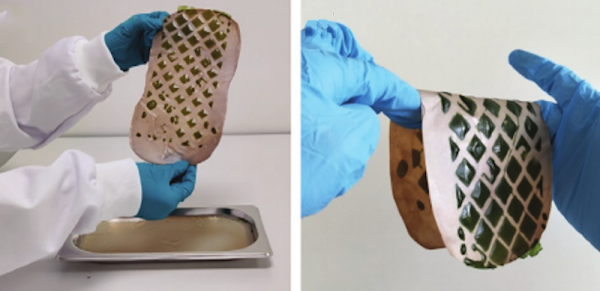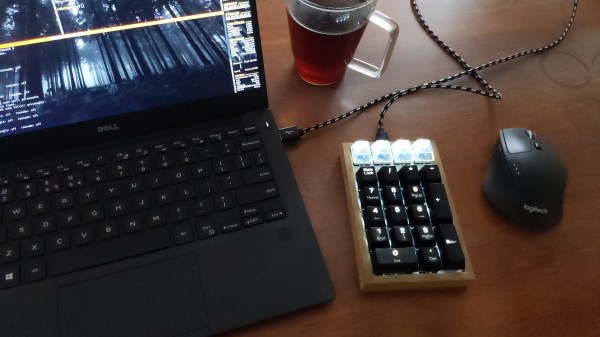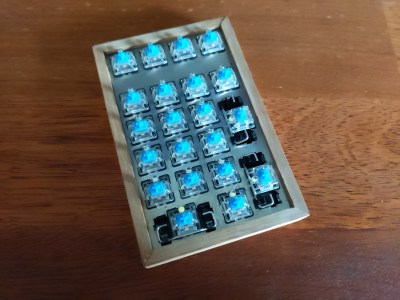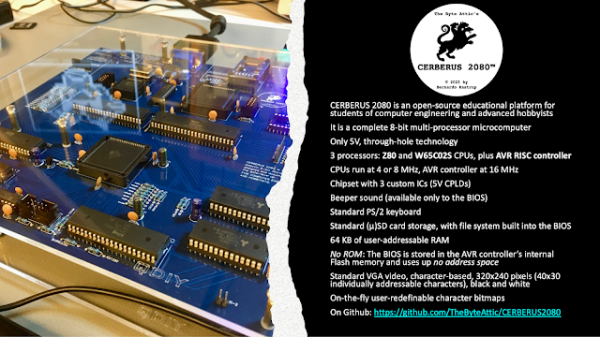Nintendo’s Game Boy line were the world’s most popular handheld gaming systems, but did have their drawbacks. Most notably, the Game Boy didn’t receive a backlit color LCD until the Game Boy Advance SP launched in 2003. Of course, you can always build your own Game Boy that rectifies this and other shortcomings, and that’s what [JoshuaGuess] did with this Gameboy Macro build.

The build is based around a Nintendo DS Lite, one of Nintendo’s later handhelds featuring dual screens. In this build, the top screen is removed and discarded entirely. The motherboard is then hacked with a resistor on some test points to allow it to still boot with the top missing. The shell of the bottom half is then cleverly modified with epoxy clay and paint in order to hide the original hinge and give a clean finished aesthetic.
The final result is essentially a larger version of the Game Boy Micro, the final handheld in the Game Boy line. It also has the benefit of a bigger, brighter screen compared to virtually any Game Boy ever made. The only thing to note is that the DS hardware can only play Game Boy Advance games, not the earlier 8-bit titles.
It’s a fun build, and one that goes to show you don’t have to throw a Raspberry Pi in everything to have a good time. That can be fun too, though. If you end up building the Game Boy Nano or Game Boy Giga, please let us know. Be sure to include measurements to indicate how it’s scaled in SI units relative to the Game Boy Micro itself.



















